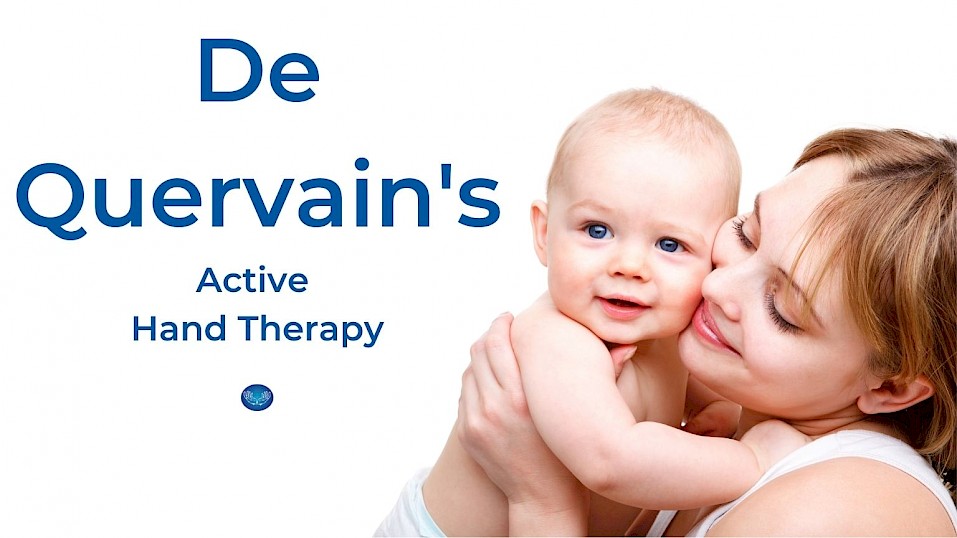De Quervain's
23 February 2022
De Quervain's tenosynovitis is a painful condition affecting the tendons on the thumb side of your wrist. A common presentation is from repetitive grasping or lifting of bub!
Read on for what causes it and some treatment tips!
Cause of De Quervain's
De Quervain’s Tenosynovitis is a painful condition caused by inflammation of the tendons at the wrist on your thumb side. These tendons move through a band around your wrist (extensor retinaculum) and normally glide perfectly without any pain. When this band or sheath becomes inflammed, any movement of these tendons can cause pain due to increased friction. With prolonged friction and irritation, scar tissue can begin to form between the tendon and the sheath.
What causes the inflammation? Well we don't fully know why some people are more prone than others but trauma to an area, heavy, constant lifting, repetitive movements or arthritis can all contribute. Hormonal changes and lifting of bubs can also cause De Quervains.
Hand Therapists can diagnose and get started with treatment all in one session.
Symptoms of De Quervain's
Symptoms are usually felt between the thumb and wrist and can include:
- pain
- weakness
- stiffness
- swelling
Treatment of De Quervain's
- Get it early - De Quervain's will go away quicker with fast action. It will also reduce scar tissue forming, causing a chronic condition.
- Remove the cause - reduce lifting, use other muscles to lift, take a break from sports aggravating gripping, use tools to stop pinching motion.
- Protect the base of the thumb - a customised splint can help protect the area if you cannot reduce the cause - very often needed with new mums and bubs!
- Medication - over the counter anti-inflammatory medications can help ease pain. Injections may be used locally to reduce inflammation of the sheath.
- Tendon glides and other exercises - A Hand Therapist at Active Hand Therapy can show you how to get your tendons gliding through the sheath to minimise irritation. This reduces scar tissue forming and can improve pain.
- Surgery - As a last resort, this can dramatically improve symptoms. A Hand Therapist can go over the pros and cons with you, if you are futher down the track in your treatment.
Written by David Coles

